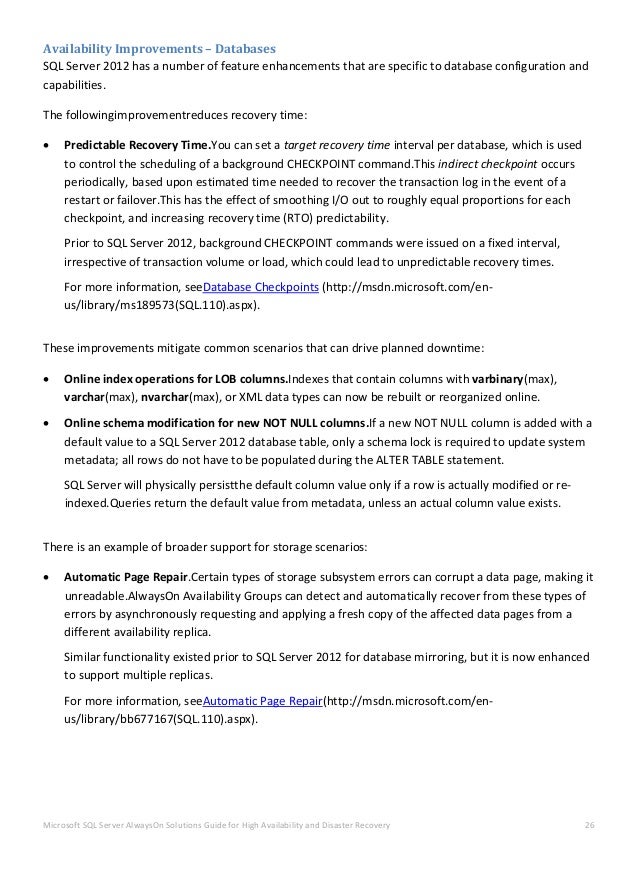Blog Posts
- ✔ Patch Panel Spreadsheets
- ✔ Star Trek Armada 2 Vista Patch
- ✔ Kings Of Leon Only By The Night Rar 320 Guest
- ✔ Rootkit Ntoskrnl Exelon
- ✔ Excel Om Qm Download Chinese
- ✔ Fire Emblem Path Of The Blue Flame Jpn Isometric Exercises
- ✔ Navionics Electronic Charts Download
- ✔ Cyberghost Vpn Keygen Cracked Premium Version 2011 Refugee
- ✔ Netterm 5 4 6 1 Keygen Crack
- ✔ Sophocles The Theban Plays Penguin Classics Pdf Reader


